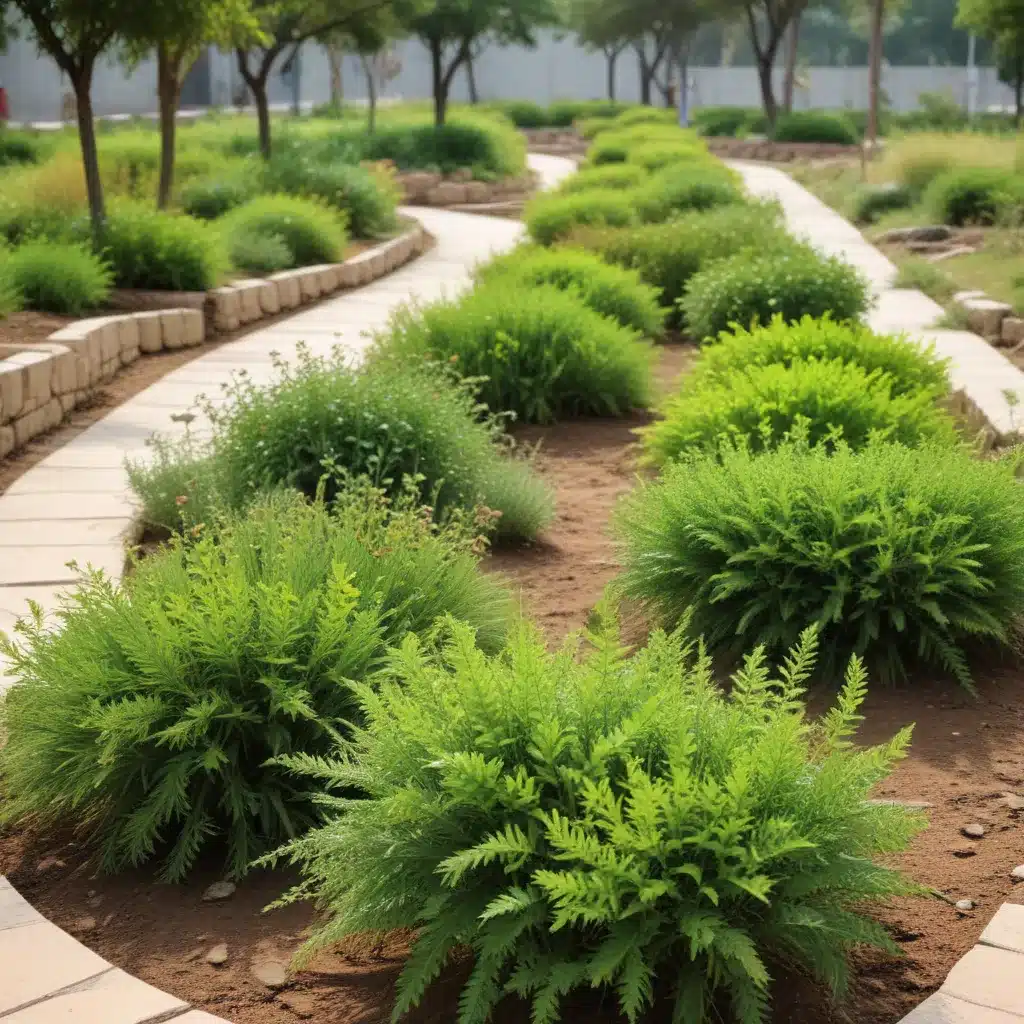
The Importance of Native Trees in Hyderabad’s Sustainable Urban Development
As Hyderabad, the vibrant capital of Telangana, continues to evolve and expand, the role of native trees in shaping the city’s urban landscape has become increasingly crucial. These botanical treasures not only contribute to Hyderabad’s verdant beauty but also play a vital role in maintaining the city’s ecological balance and environmental resilience.
Embracing the Diversity of Hyderabad’s Native Trees
Nestled amidst the historical charm and bustling energy of Hyderabad lies a treasure trove of native trees, each offering unique benefits to the city’s urban ecosystem. From the majestic Banyan (Ficus benghalensis) to the medicinal Neem (Azadirachta indica) and the spiritual Peepal (Ficus religiosa), these indigenous species are well-suited to Hyderabad’s climate and soil conditions, thriving and enhancing the city’s natural heritage.
The Ecological Advantages of Native Trees
The incorporation of native trees in Hyderabad’s urban landscaping provides a multitude of environmental advantages. These trees, adapted to the local climate and soil, require minimal water and maintenance, making them a sustainable choice for water-scarce regions like Hyderabad. Their deep root systems help stabilize the soil, prevent erosion, and promote groundwater recharge, contributing to the city’s water security.
Moreover, native trees serve as vital habitats for a diverse array of local fauna, including birds, insects, and small mammals. By fostering biodiversity, these trees play a crucial role in maintaining the ecological balance and supporting the urban ecosystem’s overall health.
Promoting Drought-Tolerant Species
In Hyderabad’s semi-arid climate, the selection of drought-tolerant species for urban landscaping becomes particularly important. Plants like Pongamia (Pongamia pinnata), Peepal (Ficus religiosa), and Neem (Azadirachta indica) have evolved to thrive in water-scarce conditions, requiring minimal irrigation and reducing the strain on the city’s limited water resources.
“By incorporating drought-tolerant native species, Hyderabad can create a more resilient and sustainable urban landscape that can withstand the challenges posed by climate change and water scarcity,” explains Aditya Sharma, an urban horticulturist and landscape designer.
Enhancing Hyderabad’s Livability and Aesthetics
The presence of native trees in Hyderabad’s urban spaces not only benefits the environment but also enhances the city’s overall livability and aesthetics. These trees provide vital shade, cooling the surrounding areas and mitigating the urban heat island effect, a common challenge in rapidly expanding cities.
Moreover, the seasonal blooms and vibrant foliage of native species like the Flame-of-the-Forest (Butea monosperma) and the Indian Coral Tree (Erythrina variegata) add visual appeal and cultural significance to Hyderabad’s streetscapes and parks, fostering a sense of local identity and pride.
Collaborative Efforts for Urban Greening
To realize the full potential of native tree planting in Hyderabad, collaborative efforts involving the government, NGOs, and local communities are essential. Organizations like Growbilliontrees.com are leading the charge, working closely with stakeholders to provide the necessary technology, knowledge, and tools to optimize, organize, and monitor tree plantation activities.
“Through our initiatives, we aim to empower Hyderabad’s residents and businesses to take an active role in creating a greener, more sustainable city,” says Rohit Gupta, the founder of Growbilliontrees.com. “By leveraging the expertise of local partners and harnessing the power of community engagement, we can ensure that Hyderabad’s native trees thrive and contribute to a vibrant, resilient urban future.”
Navigating Regulations and Guidelines
While the benefits of native tree planting in Hyderabad are widely recognized, the city’s urban greening efforts are guided by a framework of regulations and guidelines. These guidelines, set forth by the Telangana State Horticulture Department and the Greater Hyderabad Municipal Corporation, outline the appropriate species selection, planting techniques, and maintenance standards to ensure the successful establishment and management of native trees.
Compliance with these regulations is crucial, as it not only ensures the long-term health and survival of the trees but also aligns with the city’s broader sustainable development objectives. By working closely with local authorities and adhering to these guidelines, Hyderabad’s residents and organizations can contribute meaningfully to the city’s urban greening initiatives.
The Way Forward: Cultivating a Greener, More Resilient Hyderabad
As Hyderabad continues to evolve and embrace sustainable development, the role of native trees in shaping the city’s urban landscape has never been more vital. By nurturing these botanical treasures and leveraging the expertise of organizations like Growbilliontrees.com, Hyderabad can embark on a transformative journey towards a greener, more resilient, and livable future.
Through community engagement, public-private partnerships, and adherence to regulatory guidelines, Hyderabad can cultivate a thriving urban forest that not only enhances the city’s environmental sustainability but also strengthens its cultural identity and connection to nature.
“By investing in native tree planting, Hyderabad can create a more livable, resilient, and ecologically balanced city, one that serves as a shining example of sustainable urban development in India,” affirms Aditya Sharma.
As Hyderabad’s residents and stakeholders come together to champion the cause of native tree conservation, the city’s verdant future holds the promise of a greener, healthier, and more vibrant community for generations to come.
Conclusion
Hyderabad’s journey towards a more sustainable and livable urban landscape is intrinsically tied to the preservation and cultivation of its native trees. These botanical treasures not only contribute to the city’s visual appeal and ecological balance but also play a crucial role in addressing the pressing challenges of water scarcity, urban heat, and biodiversity loss.
By embracing the diversity of native species and promoting drought-tolerant varieties, Hyderabad can create a more resilient and water-wise urban environment, setting an example for other cities in India and beyond. Through collaborative efforts involving the government, NGOs, and local communities, Hyderabad can harness the power of native tree planting to cultivate a greener, more livable, and ecologically balanced future.
As Hyderabad continues to evolve, let us not forget the importance of preserving and nurturing its natural heritage. By championing the cause of native tree conservation and leveraging the expertise of organizations like Growbilliontrees.com, Hyderabad can embark on a transformative journey towards a greener, more resilient, and truly sustainable urban landscape.

